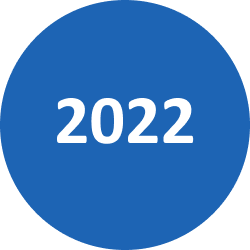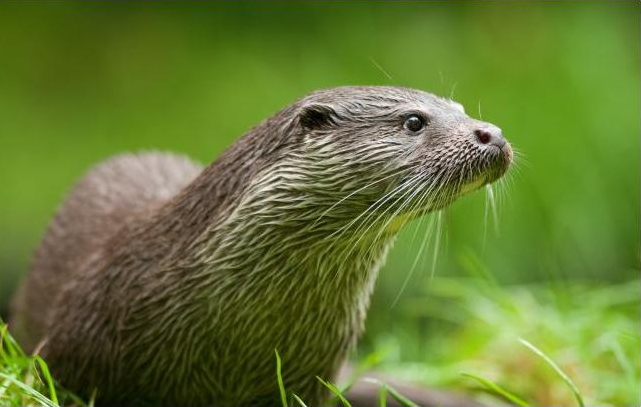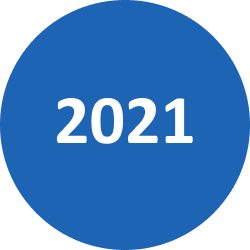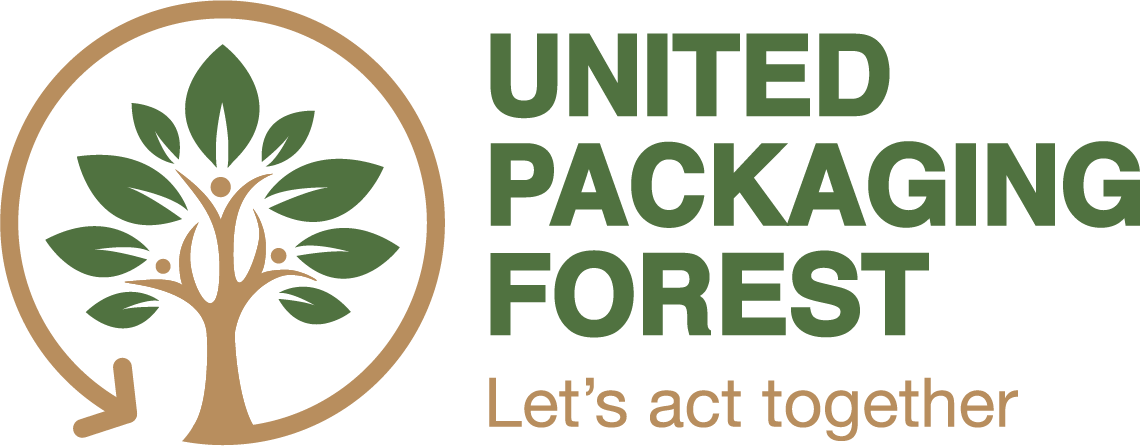Your cart is currently empty!
Sustainability
Moens Packaging would like to contribute to a viable future for human kind and the planet. We try, where possible, to contribute as much as possible and to implement changes in our company. Mainly in the following areas:
- Products: reconditioning and recycling of used products
- Company and infrastructure: usage of power, employees,…
- Working methods
Discover more about what Moens Packaging does.
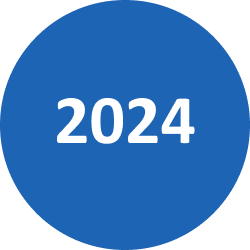
We have been elected SDG Pioneer
Moens Packaging is proud to announce that we have obtained the SDG Pioneer certificate. This demonstrates our active engagement with the United Nations’ Sustainable Development Goals (SDGs).

We achieved the certificate
After our efforts last year, we are happy to report that we have achieved the Charter Sustainable Entrepreneurship of Voka.

Partricipation Charter Sustainable Entrepreneurship
We are proud to announce our participation in the Charter Sustainable Entrepreneurship of Voka! 🌱
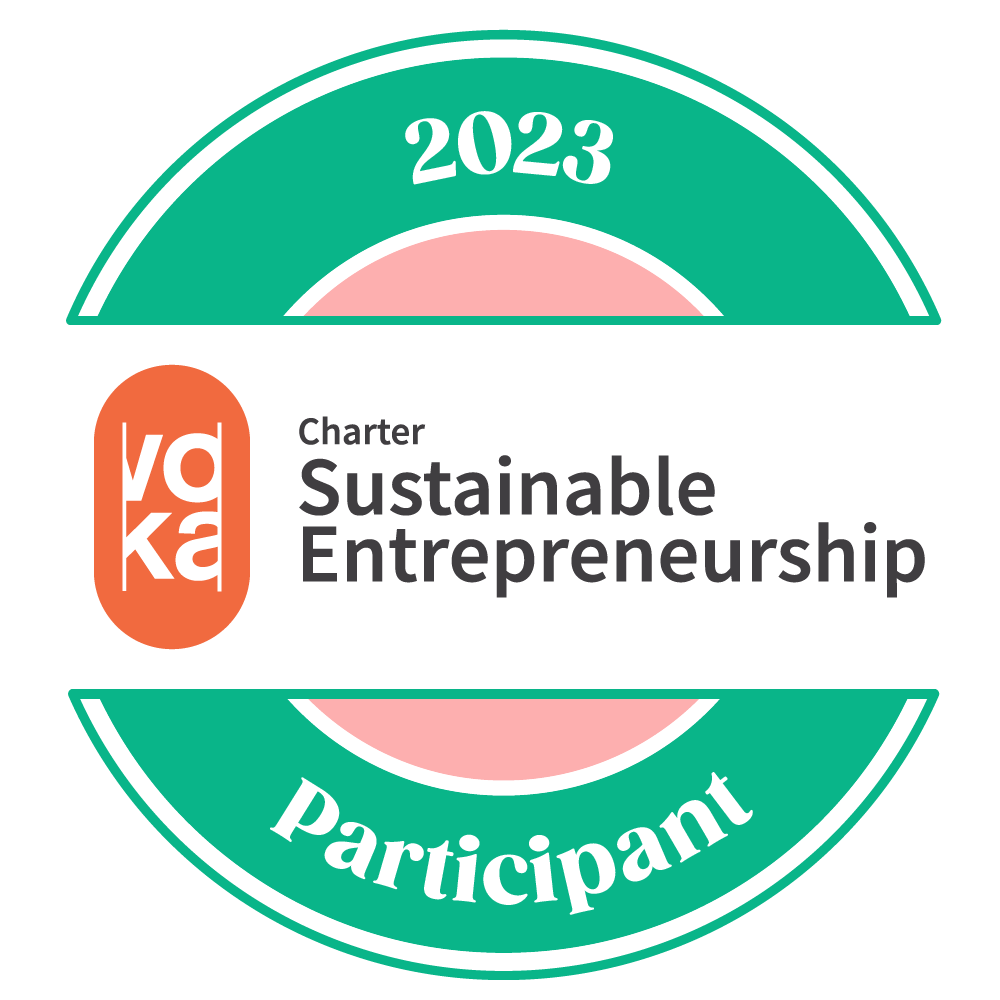
What does this entail?
Moens Packaging will set up an action plan with at least 10 sustainability goals linked to the 17 Sustainable Development Goals (SDG’s). These actions will help to be even more conscious of our business and contribute to a more sustainable future.
My Recyled Content portal (Valipac)
Valipac awards a €50/tonne recycling bonus to companies that buy recycled plastic packaging.
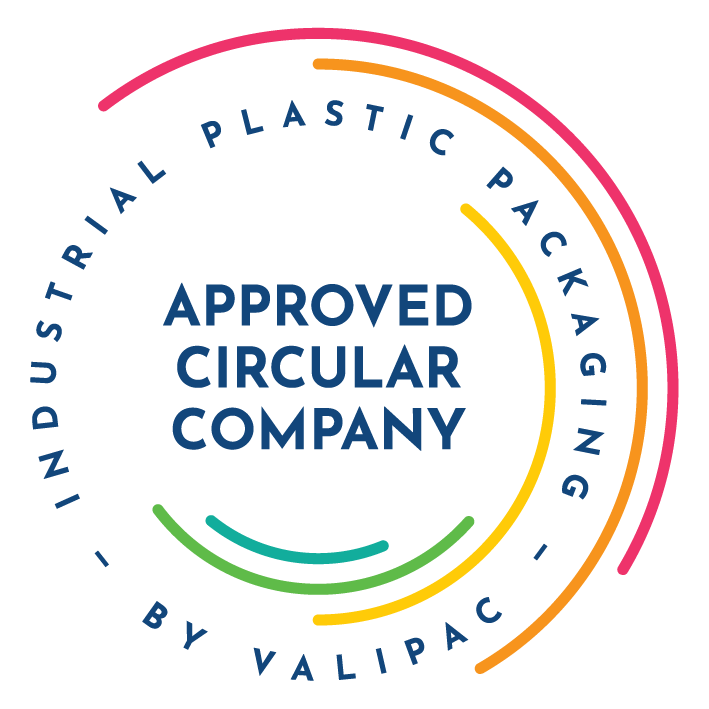
What does this entail?
Valipac awards a €50/tonne recycling bonus to companies that buy plastic packaging that:
- Is made from at least 30% post-consumer recycled material,
- Are used to package and sell goods in Belgium,
- The producer/distributor can be found on the portal and the products are also on the portal,
- You are a customer of Valipac.
Thanks to this portal, companies can find producers/distributors who sell recycled packaging.
Our customers can get this bonus if they buy our products listed on the “My Recycled Content” portal.
Start planting food forest & donation to VZW Durme
Based on our turnover in ecological packaging, we were able to donate both to VZW Durme (Non Profit Organisation) for their local project to create an excavation for the bittern and otter. As well as for the construction of our own food forest in Grembergen.
Our colleagues have worked on our site to plant several young fruit trees, including cherry, pear, apple, mirabel and many more. Currently, the first steps have been taken, but further planting of the food forest with various fruit bushes, herbs and more is still in the pipeline.
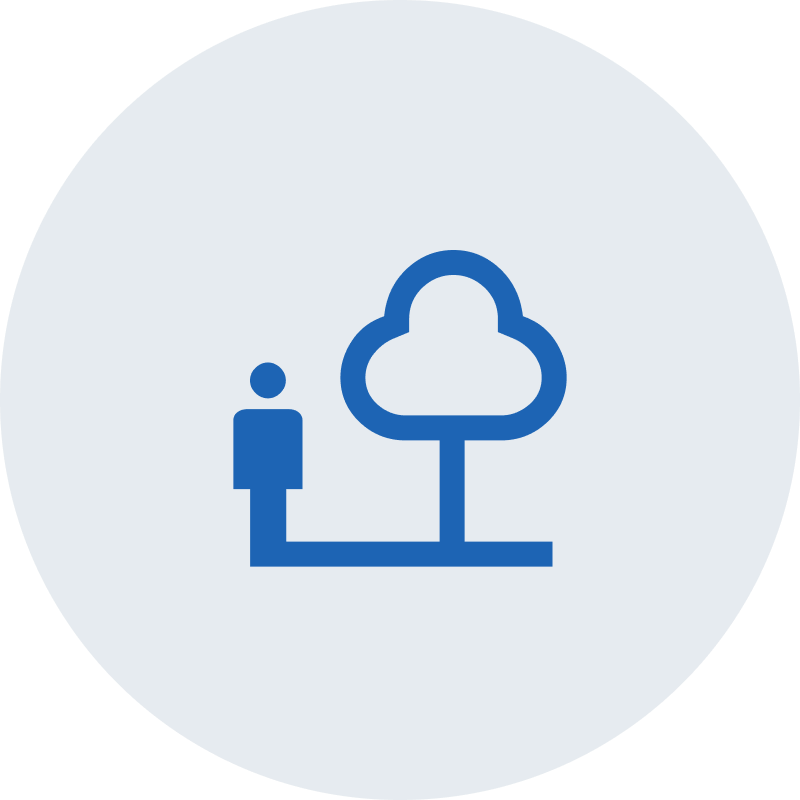
Did you know that the Little Bittern is Europe’s smallest heron?
Read more
Investments through the years

300
solar panels

Energy
of wind turbine

7400 m²
restored nature
Recycled packaging
Discover our different packaging made from recycled and reconditioned materials.

PCR or Post-Consumer Recycled HDPE/PP
Plastic waste from consumers is collected, sorted, cleaned and processed into recycled bottles, jerrycans, buckets, drums with bunghole and with lid.
Discover the advantages and disadvantages of PCR.
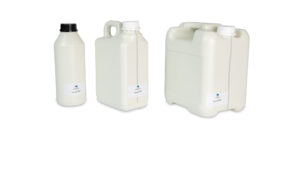
PIR or Post-Industrial Recycled HDPE/PP
Plastic waste or surplus from the production process is collected, recycled internally and processed into recycled jerrycans, bottles, … The advantage of this method (in contrast to PCR) is that the chemical structure of the PIR packaging is not affected because it is an internal recycling process. This also makes it possible to obtain all possible colours, provided the minimum quantity is respected.
Discover the advantages and disadvantages of PIR.
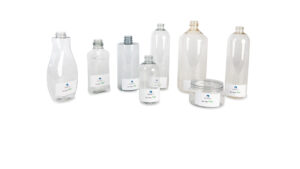
RPET or recycled PET
Plastic waste from the consumer is collected and the PET packaging is sorted out. These packings are cleaned and processed into recycled PET bottles. It is possible to choose the percentage of recycled PET. The higher the RPET percentage, the more irregularities (speckles, colour difference, etc.) in the bottle.
Discover the advantages and disadvantages of RPET.
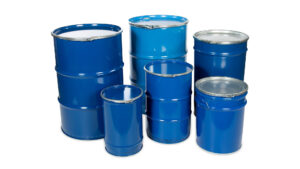
Repurposed packaging
Metal drums with bunghole and with lid, plastic drums or IBCs are chemically cleaned with a soap solution after which they are inspected to see whether they are leakproof. These packages have the same properties as the new variants. However, they can no longer be used to store provisions. The reconditioned metal barrels can also be cleaned by burning out after which they are completely cleaned, sandblasted, undented and both on the inside and outside provided with new coating.
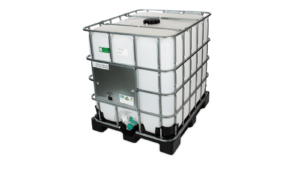
The metal cage around the IBCs us refurbished and chemically cleaned. The plastic insert is made of new materials.
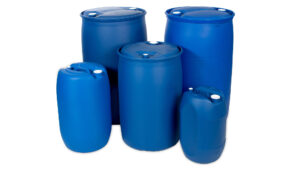
Multilayer plastic drums with lid and with cap
The plastic drums are composed of virgin HDPE and recycled material.
You do your core business,
we the packaging
The right packaging for the right product is extremely important. It makes a world of difference and can even be cost effective in the long run.


